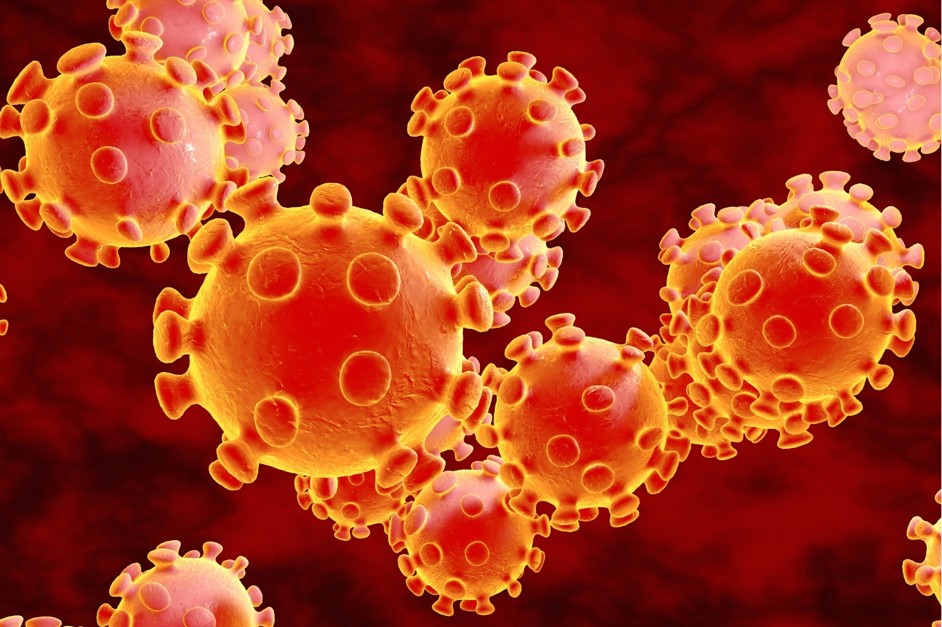

Vulnerable patients housed in skilled nursing facilities (SNFs) have been impacted heavily by COVID-19. In order to try to decrease the risk of outbreaks in SNFs, public health authorities have recommended strict rules for transfer of patients with COVID-19 from acute care hospitals to SNFs. While this measure has protected patients in SNFs, it has also caused bottlenecks in hospital discharges when patients no longer require hospital-level care, but they do not meet the transfer criteria to SNFs. Designating specific buildings, units or floors of SNFs to care for COVID-19 fills this valuable niche to both keep SNFs safer and at the same time open needed hospital capacity.
Facilities that are interested in having specific units, floors, or buildings dedicated to COVID-19 patients must meet specific baseline requirements and should be prepared to operate within a specified infection prevention structure. This document will help identify some of the principles that should be considered by SNFs as they begin to move down this path. Contact Acute Communicable Disease Control if your facility is interested is receiving this designation by emailing Covid-facility@ph.lacounty.gov.